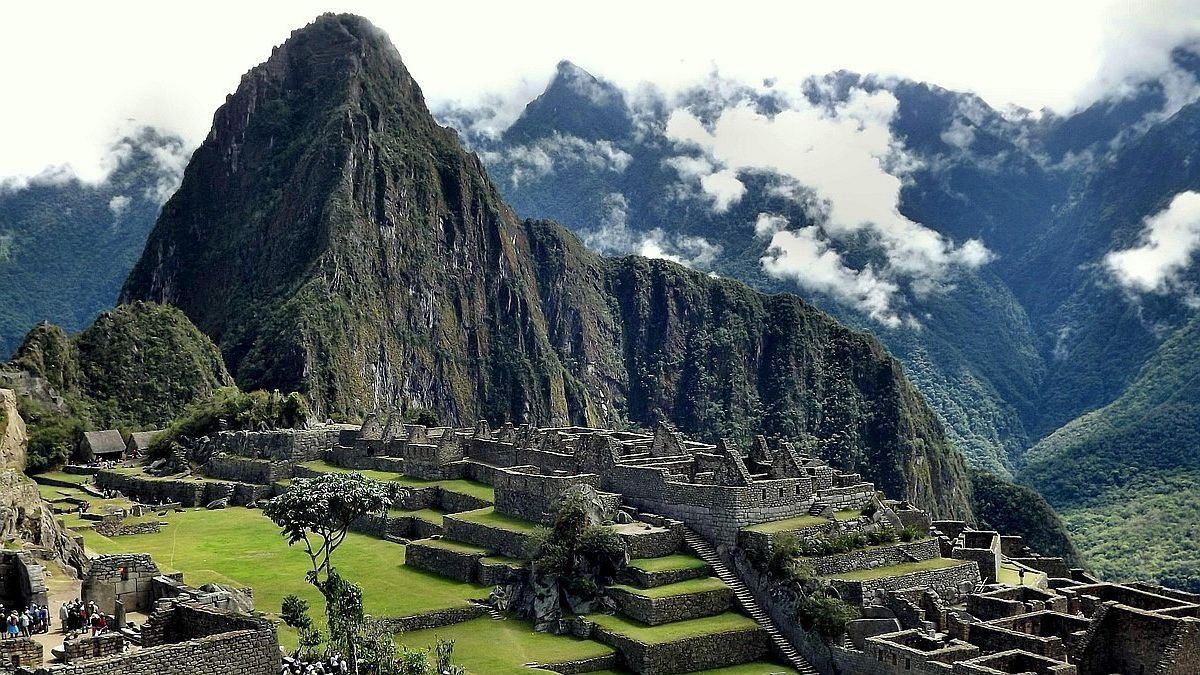Around 1,400 tourists were stranded and they had to be evacuated from a train station near the Inca citadel of Machu Pichu for the blockade that occurred on one of the roads of the Inca Rail for protests from the defense front of the interests of the ruins.
On Monday night, the local police had managed to unlock the roads momentarily after a confrontation with the protesters of the Machu Picchu’s interest defense front that left a balance of 14 injured, according to the AP agency. Thus, stranded tourists could follow their route to Cuzco.
In any case, the Minister of Foreign Trade and Tourism, Desilú León, explained that it still remains that 900 tourists return to Cuzco – 53 kilometers away – and more than 100 people with plans to enter Machu Pichu could not go.
“Those who are stranded are around 900 who are the ones that were already going out at night, but due to the problems of the road you cannot put their safety at risk,” said the official in dialogue with the local RPP radio.
From this Monday, the railroad that moves tourists from the city of Ollantaytambo with the town of Aguas Calientes, at the foot of the Incas ruins, is interrupted by the blockades of the protesters. The Machu Picchu’s interest defense front claims that a new company takes over the land transport that takes tourists from Aguas Calientes to the historic site, located only 30 minutes upstairs.
Currently, who makes these transfers is The Cirtur Machupicchu company that, according to the AFP agency, continues to operate with a defeated license, after 30 years of service.
The Machu Picchu’s interest defense front announced a Indefinite strike until a new land transport company enters.
The Urubamba district commissioned the service to another bus company, but cannot operate due to the opposition of Aguas Calientes, which unleashed the protest of the carriers.
The Transandino Railroad company, owned by Perurail, said in a statement that “third people” excavations on the train route “affecting the stability of the road “, which slowed the evacuation of tourists.
The citadel was built in the fifteenth century as a religious sanctuary of the Incas and is located in the Amazon of the Peruvian Southeast, 2490 meters of altitude.
The economic impact of blockages to Machu Pichu
From the blockages, the access of visitors was paralyzed, which generated a loss of more than US $ 500,000 daily and affected more than 31,000 businesses related to the activity.
Hotels, restaurants, guides, carriers and artisans are part of a chain that is today at risk.
Source: Ambito




